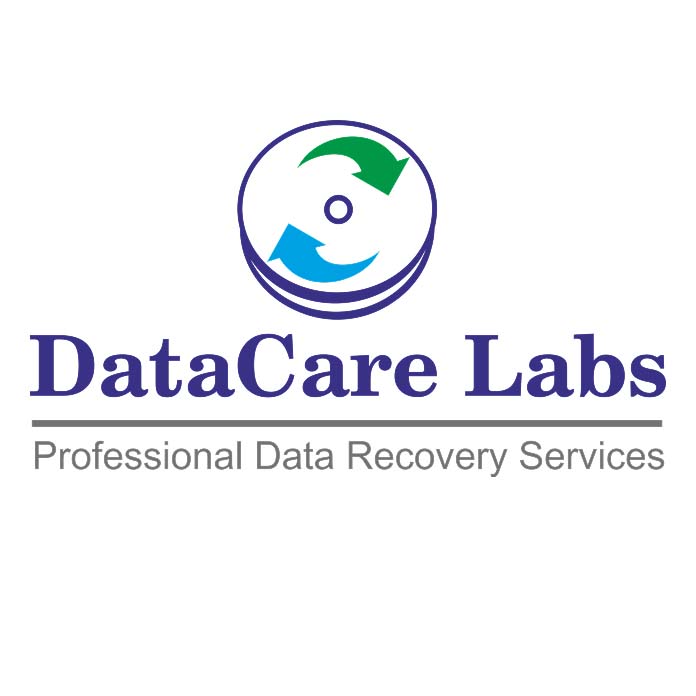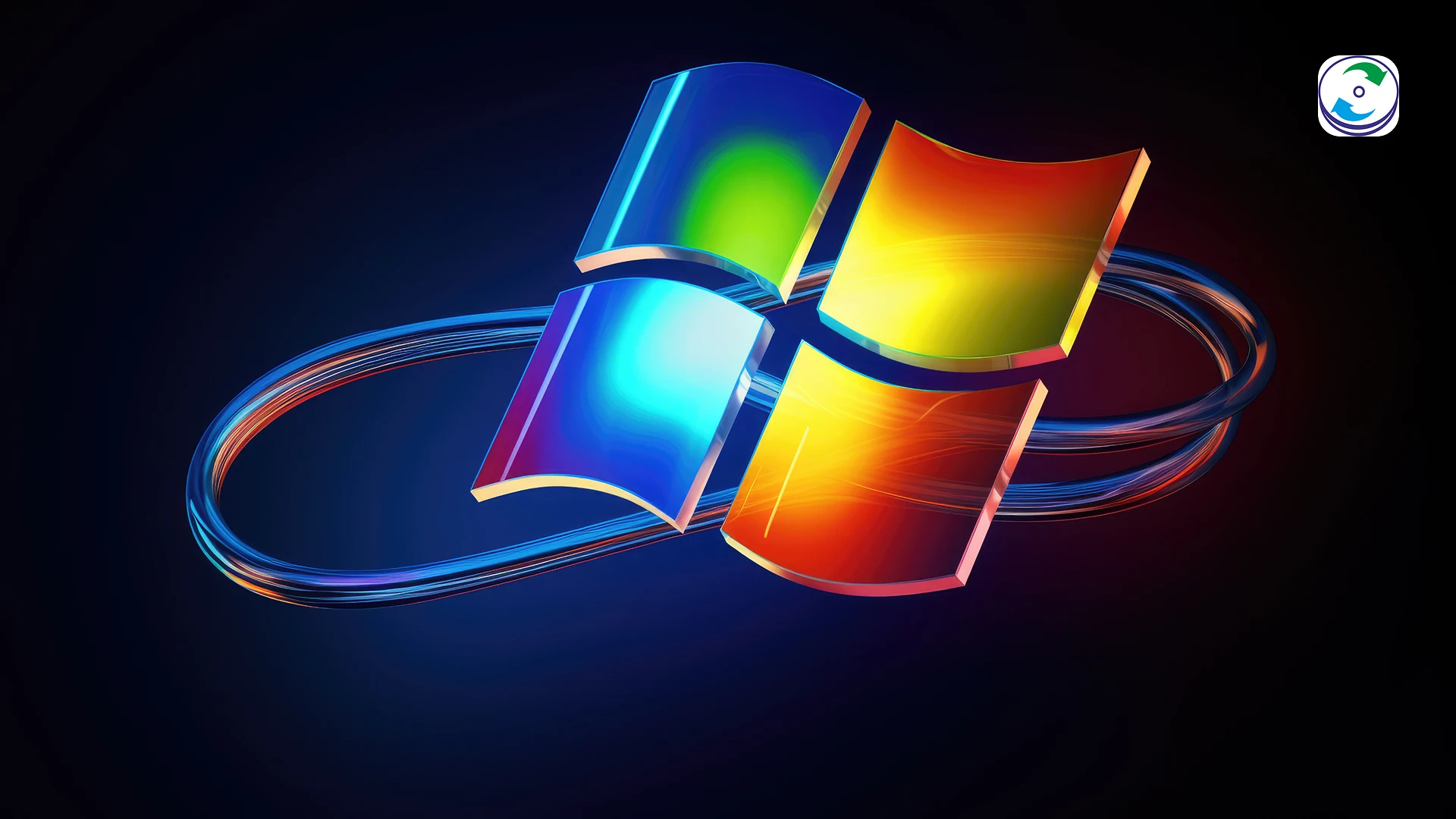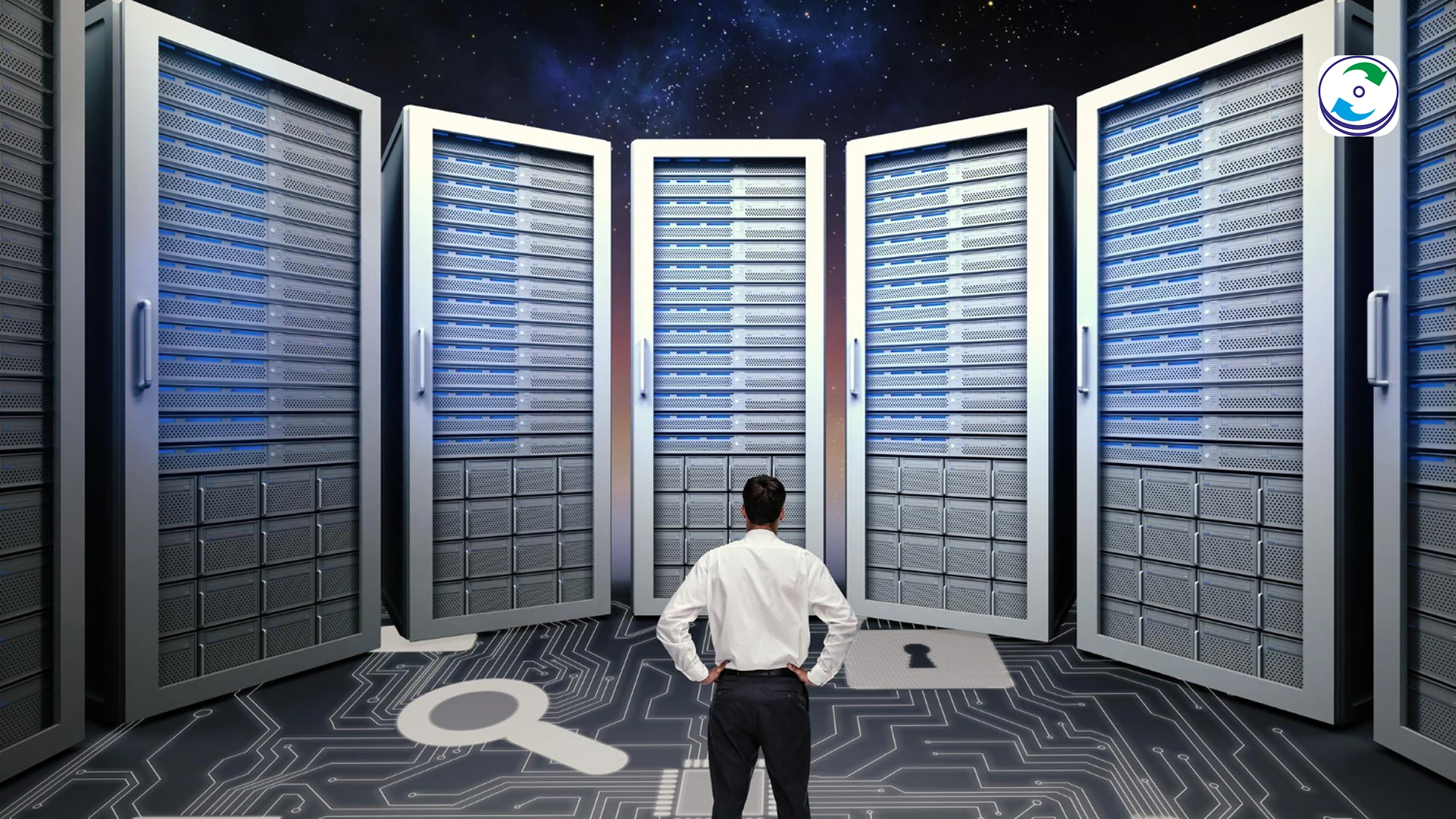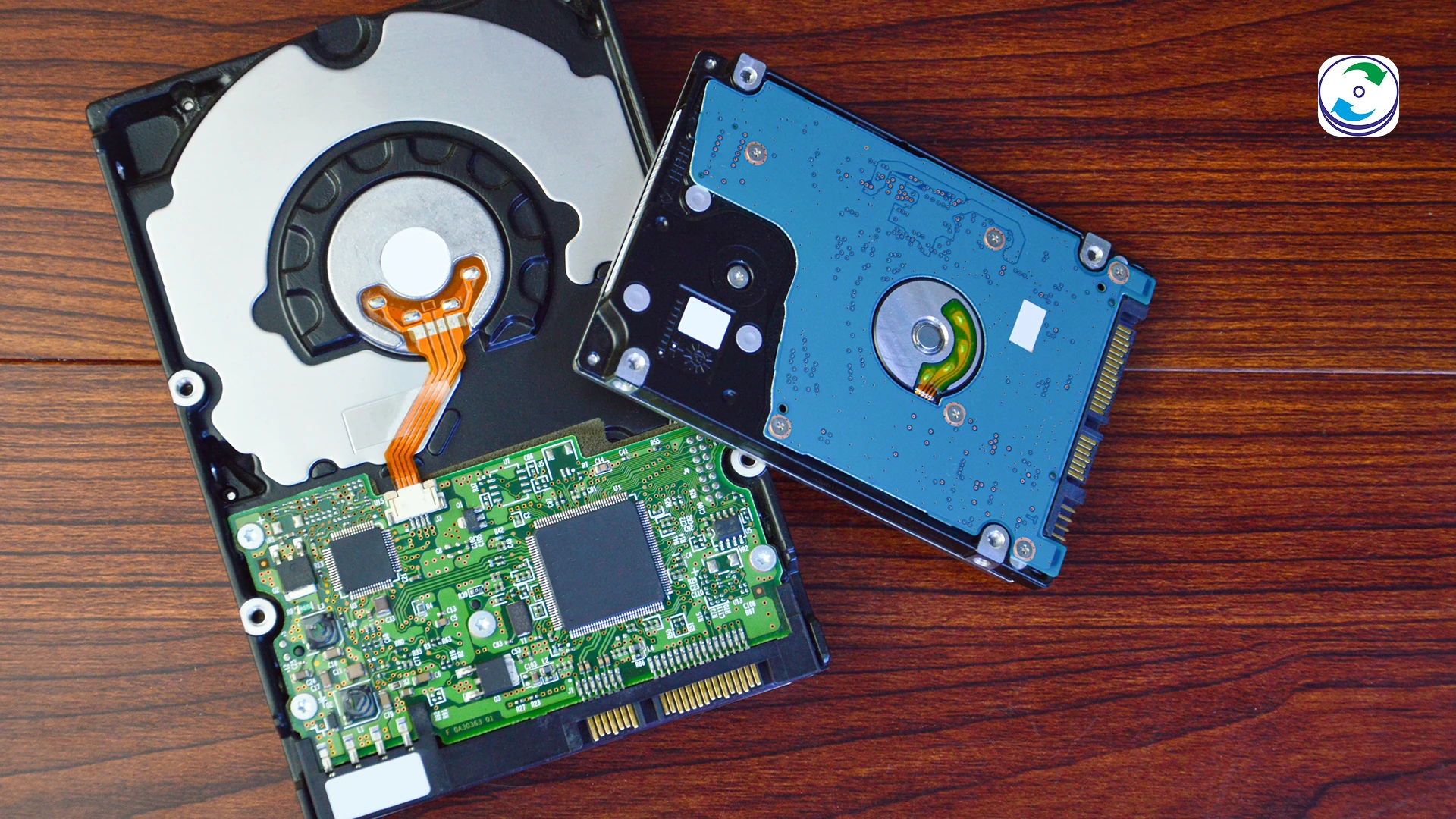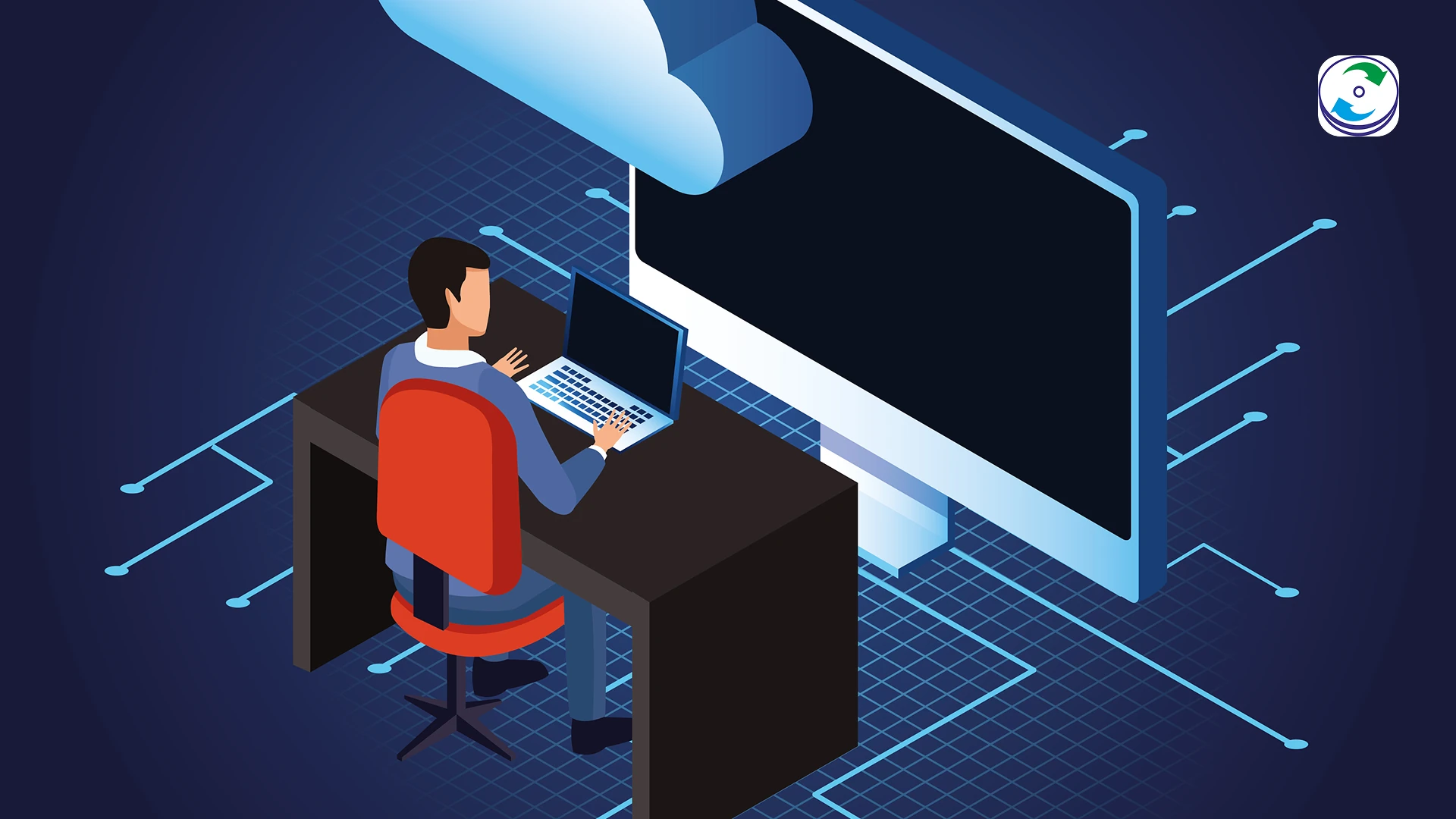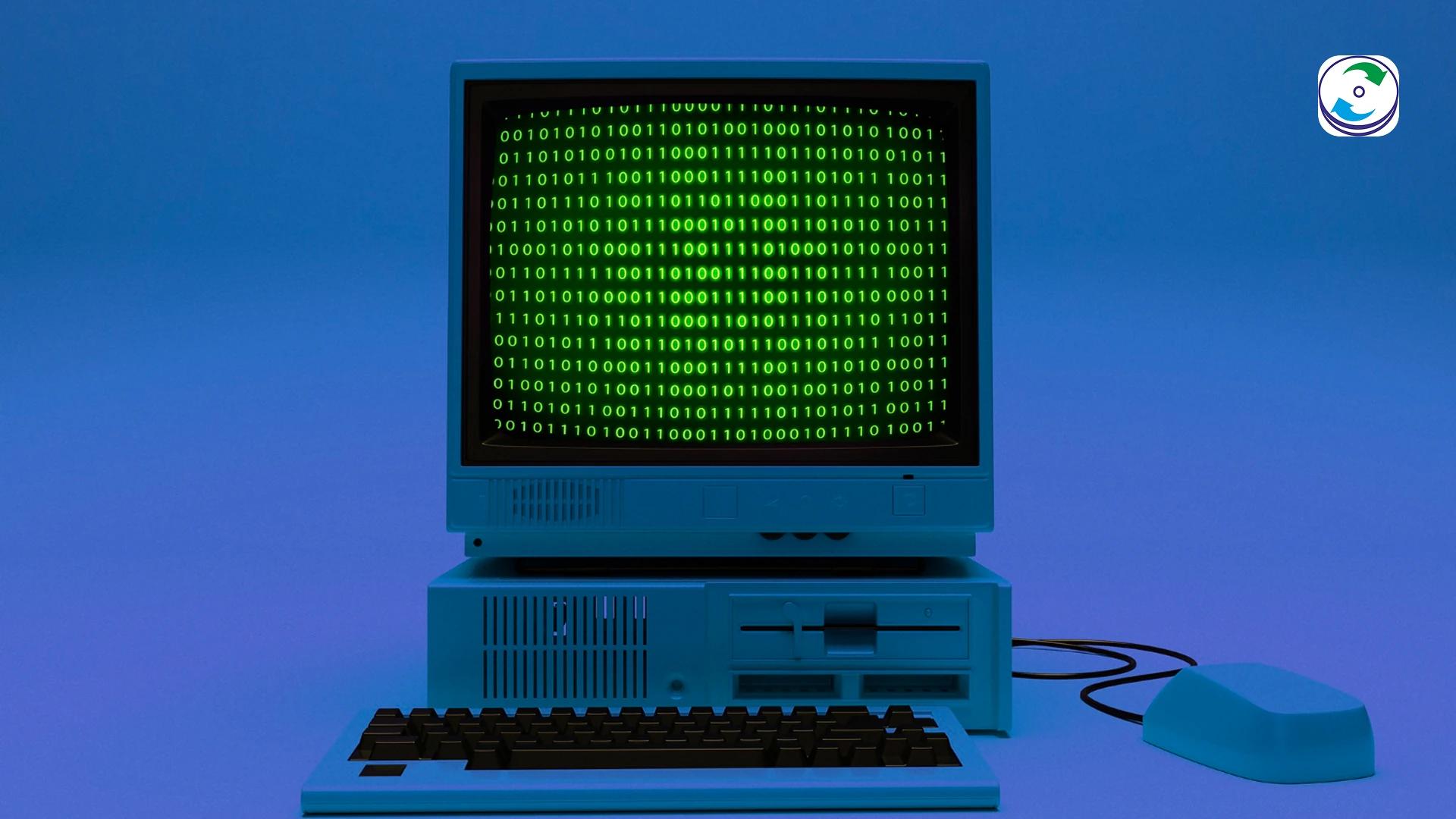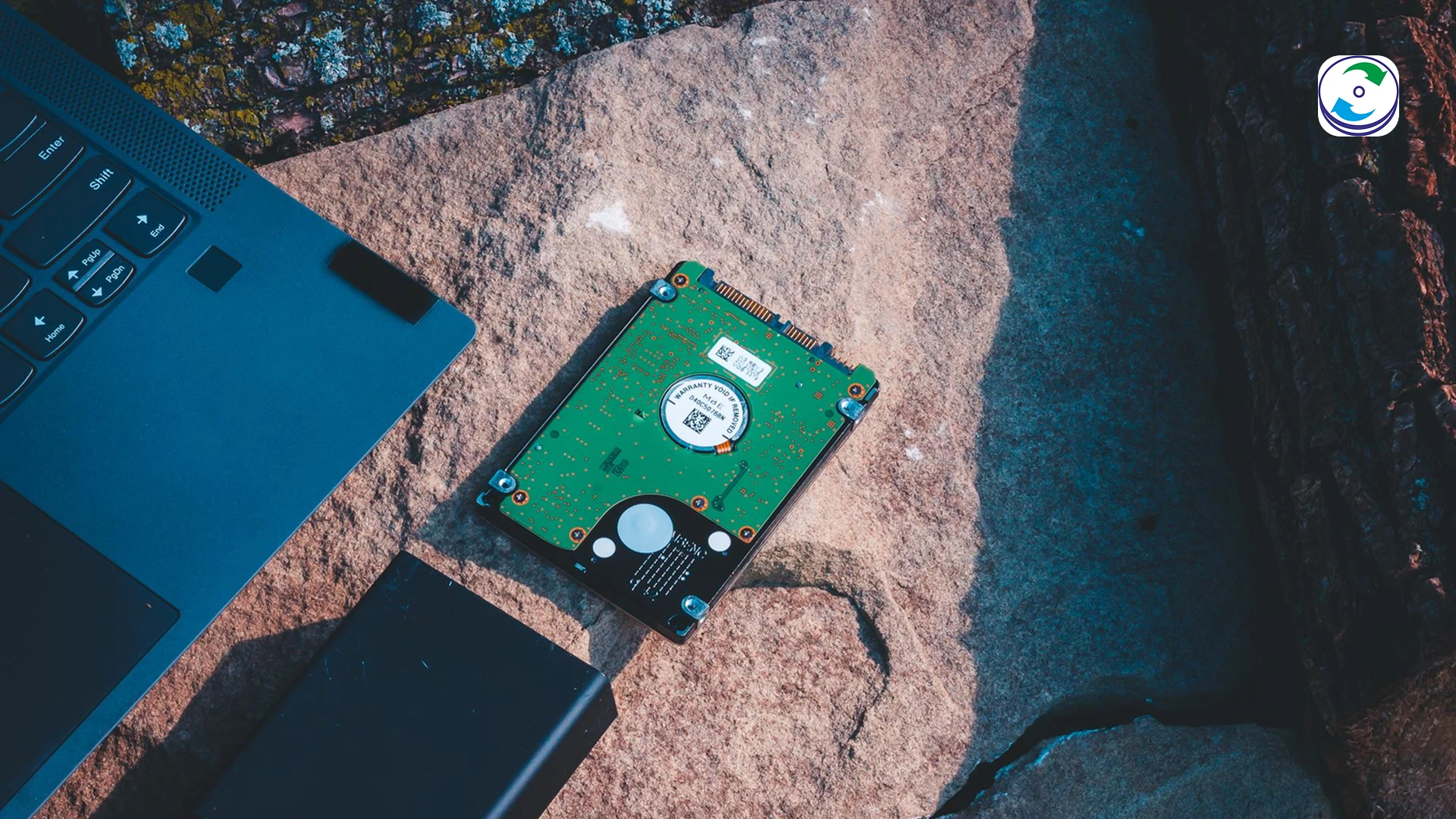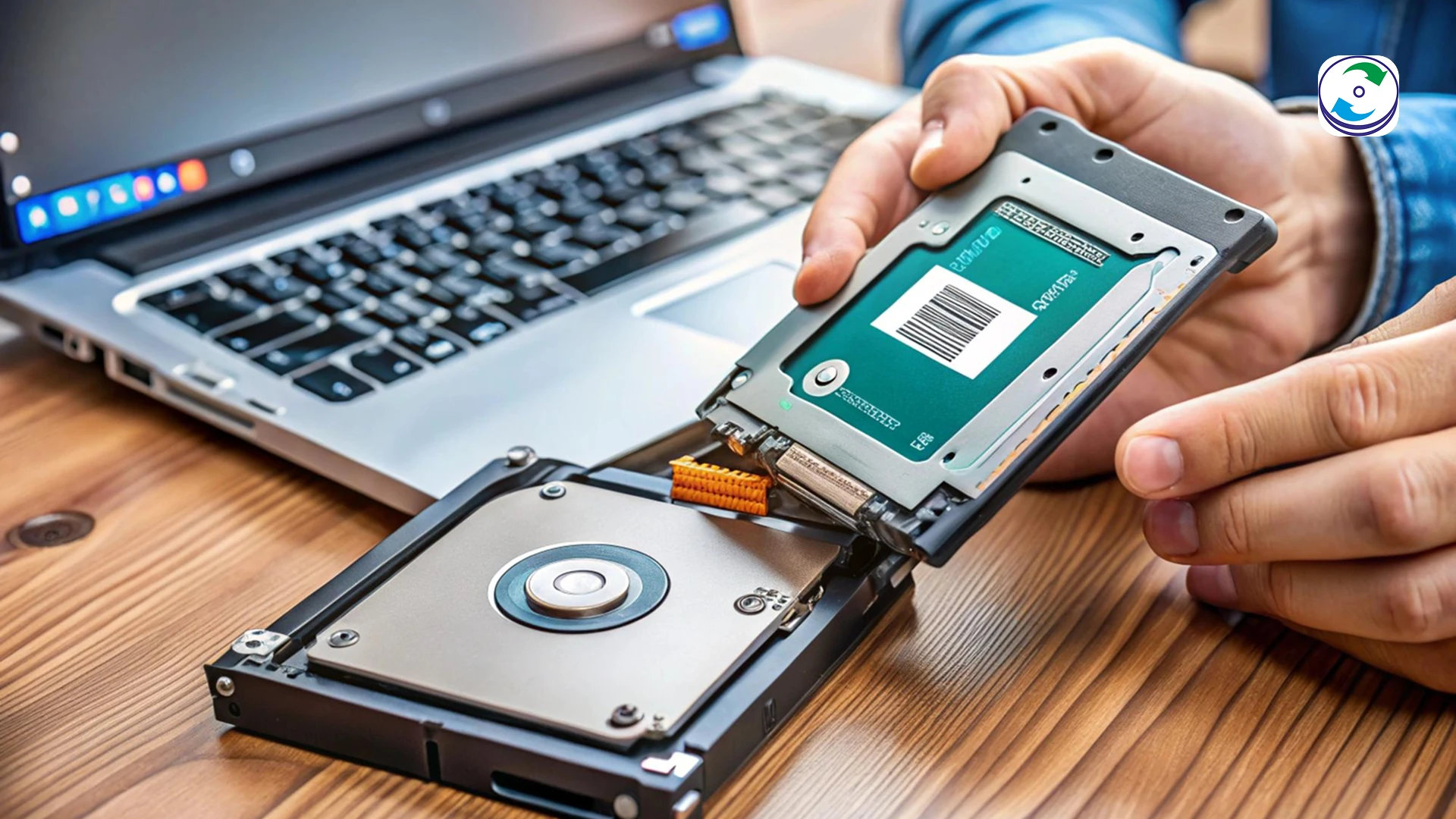Retrieving Ghosts: The Unique Challenges of Recovering Data from Obsolete Flash Media, ZIP Drives, and Optical Discs
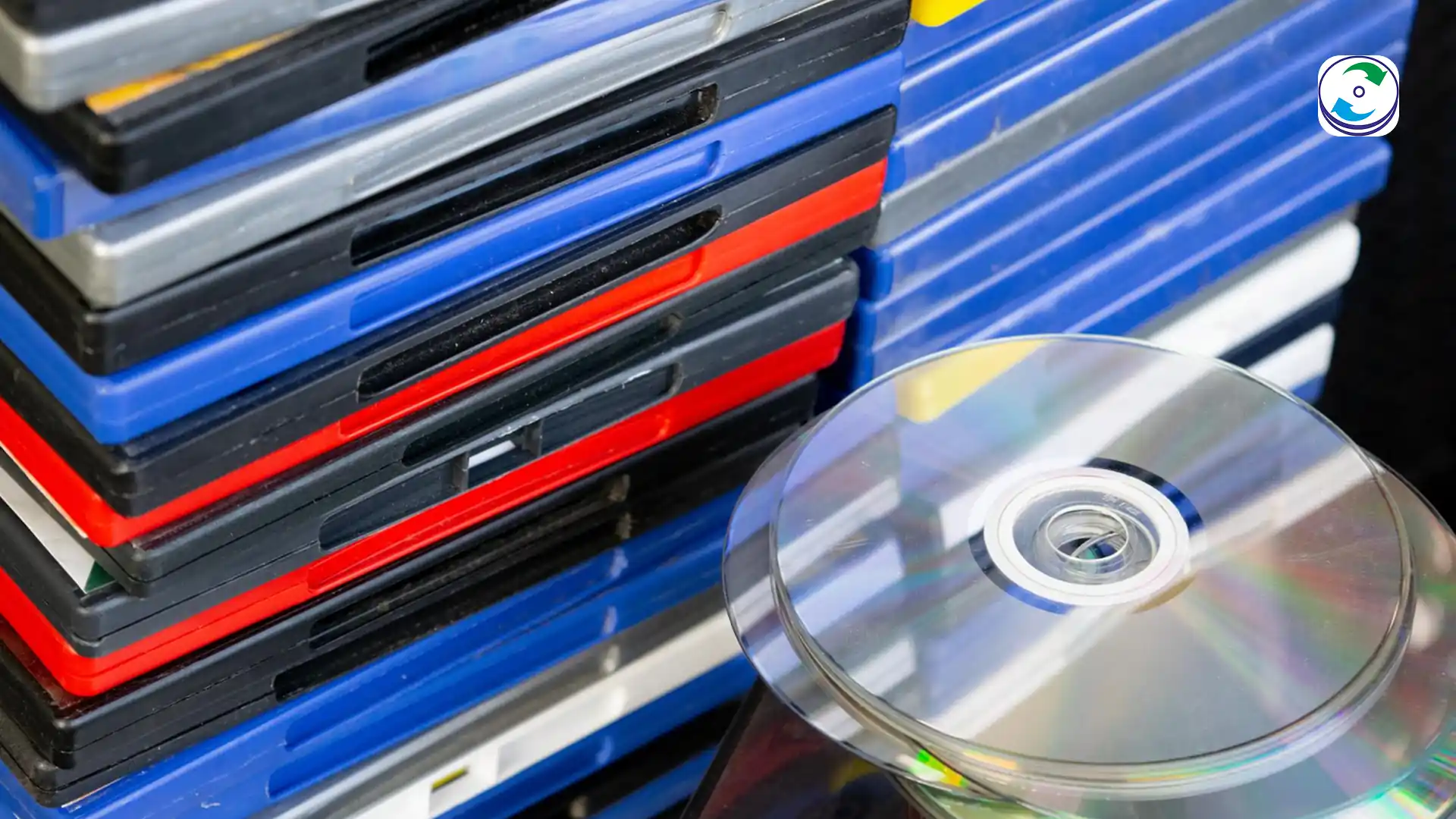
Introduction
While the world focuses on the latest cloud storage and terabytes of solid-state data, vast quantities of valuable information—from corporate archives to irreplaceable family history—remain locked away on media that is rapidly becoming extinct. Floppy disks, ZIP drives, CD-ROMs, and older flash cards represent “ghost” media; the data is likely still present, but the physical, chemical, and technological barriers to retrieving it are immense.
Data recovery from obsolete media is a race against physical decay and hardware obsolescence. It requires specialized knowledge and, crucially, a working archive of legacy readers and drives.
The Optical Challenge: Discs and “Disc Rot”
Optical media, including CD-ROMs, DVDs, and Blu-rays, was once considered a robust long-term archive. However, it is vulnerable to “disc rot,” a slow chemical breakdown of the dye or metal reflective layers over time, especially if not stored under climate-controlled conditions.
-
Chemical Degradation: The organic dyes used in many recordable CDs and DVDs break down under heat, UV light, and humidity, corrupting the data pits.
-
Physical Damage: Even hairline scratches can render large swaths of data unreadable, as the laser cannot track the corrupted data path.
Recovery often involves specialized optical equipment that can use alternative lasers or advanced software to read a severely degraded or scratched surface, a process far more intricate than simply cleaning the disc.
The Magnetic Media Dilemma: ZIP and Floppies
Legacy magnetic media, such as the ubiquitous 3.5-inch floppy disk and Iomega ZIP disks, face two unique threats: magnetic degradation and catastrophic mechanical failure.
-
Magnetic Decay: Data is stored as tiny magnetic charges, which naturally degrade and lose coherence over decades. Exposure to stray magnetic fields (like being stored near a large speaker) accelerates this decay.
-
Mechanical Failure: For ZIP drives, the infamous “Click of Death” signaled a misalignment of the read/write heads, which would then destroy the magnetic disk inside. For recovery, the physical drives themselves are often the point of failure, requiring a lab to maintain a stock of functional, often rare, legacy hardware to even attempt a read.
The Flash Media Trap: Obsolete Controllers
Older generations of flash media—including SmartMedia, CompactFlash (CF), and early SD cards—present a unique electronic challenge. While the NAND chips are robust, the peripheral components are highly prone to failure.
-
Controller Failure: The internal controller chips on these devices are often of lower quality than modern SSDs, making them susceptible to sudden electronic failure or firmware corruption.
-
Obsolete Readers: Even if the card is healthy, finding a fully functional, high-quality reader that can correctly interface with the card’s specific controller algorithm becomes a major obstacle. The challenge is often not the data on the card, but the lack of working technology needed to translate it.
The Real Barrier: Hardware Obsolescence
Ultimately, the most significant threat to data on obsolete media is not the data’s failure, but the failure of the infrastructure needed to read it. Operating systems drop support for legacy drivers, and the mechanical drives themselves suffer component failure with no replacement parts available.
DataCare Labs tackles this with a two-pronged strategy:
-
Legacy Hardware Archive: We maintain an extensive, working archive of functional, low-use readers and drives (including ZIP drives and various vintage flash readers) to provide the only path to accessing the media.
-
Forensic Media Repair: Our technicians use chemical treatments, specialized optical resurfacing, and micro-soldering to stabilize physically or electronically damaged media, enabling a single, critical data transfer.
Conclusion: Proactive Migration is the Cure
The “ghosts” on your obsolete media are time bombs. Every year, the chance of successful data retrieval decreases as the specialized hardware required to read it becomes rarer and less reliable.
If you have critical data stored on older formats—be it personal memories or corporate history—proactive migration is the only cure for data loss. Don’t wait for your last working ZIP drive or CD-ROM player to fail. Contact DataCare Labs today. We have the forensic expertise and the historical hardware archive to retrieve your digital past and safely migrate it to modern, stable storage formats.

